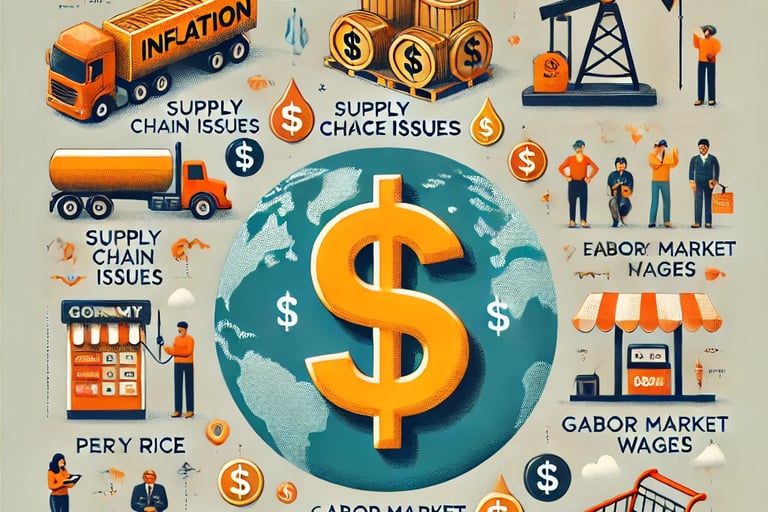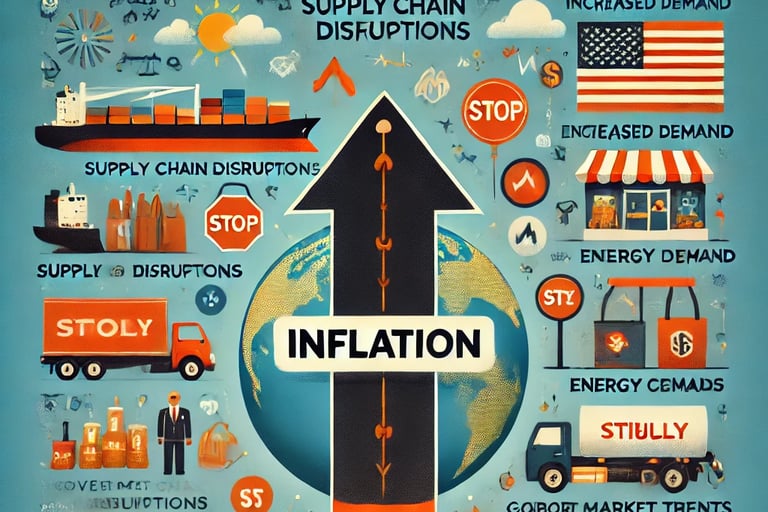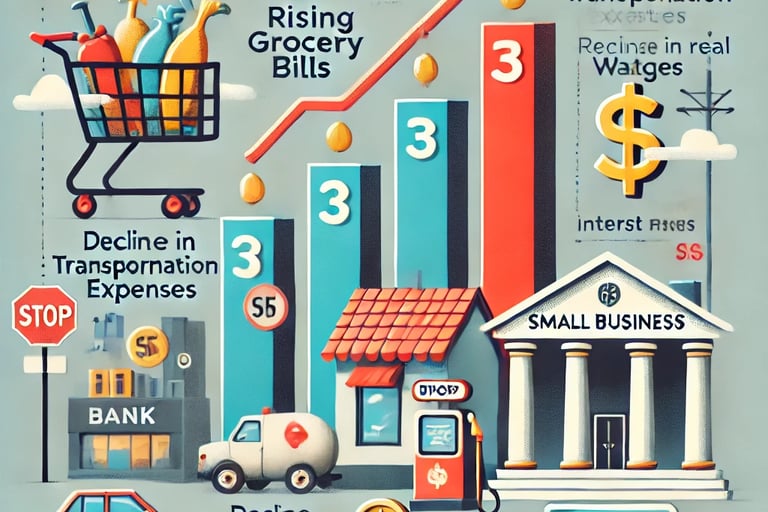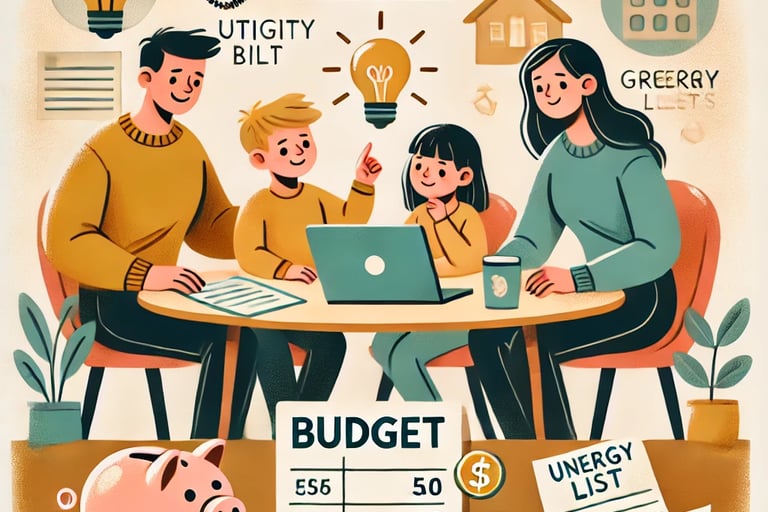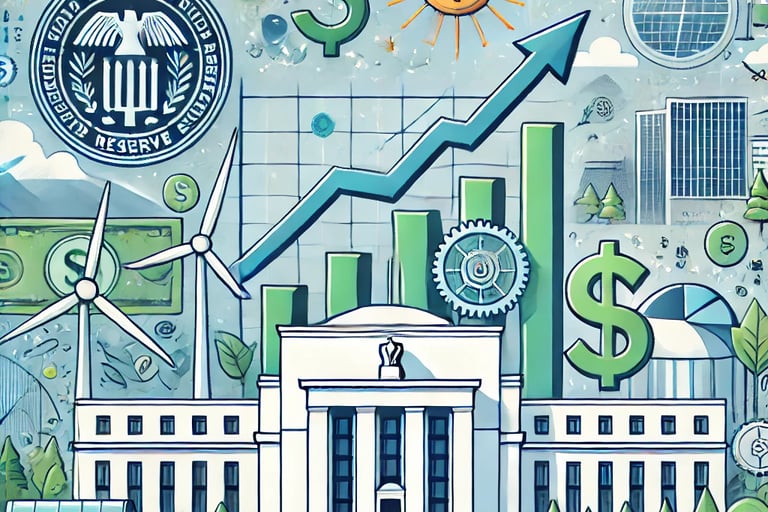Inflation and Its Effects on Everyday American Life
Inflation, defined as the persistent rise in the prices of goods and services, has emerged as a critical issue for Americans in recent times.
LIFESTYLE
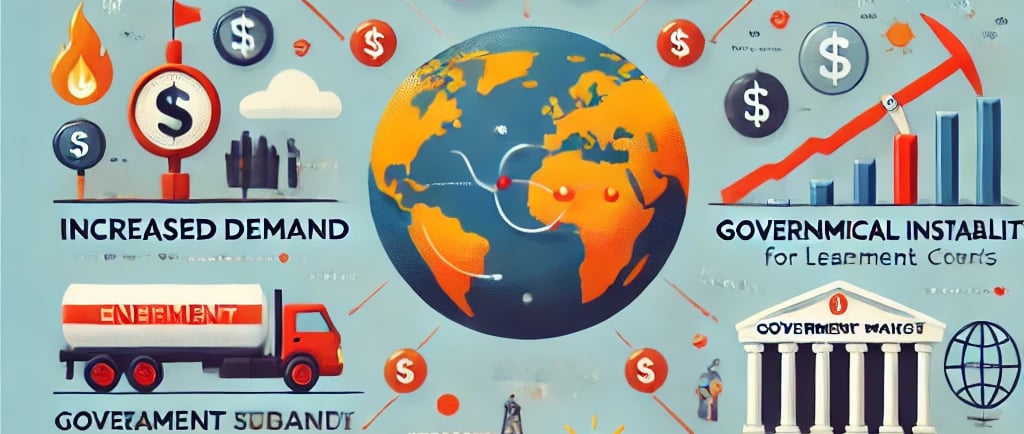

Inflation, defined as the persistent rise in the prices of goods and services, has emerged as a critical issue for Americans in recent times. With the cost of living steadily climbing, families across the nation are feeling the strain in their day-to-day lives. From rising grocery bills to escalating housing costs and higher energy prices, inflation is impacting household budgets and making it harder for many to maintain their standard of living.
This article takes a closer look at the primary causes driving inflation, the widespread consequences it has on individuals, businesses, and the broader economy, and explores practical strategies that families can adopt to alleviate its effects. Whether it's adjusting spending habits or exploring investment opportunities, understanding inflation’s impact is crucial in navigating these challenging times.
Government Measures and Future Outlook
The government and Federal Reserve are working to curb inflation through monetary policy and fiscal measures. Key initiatives include raising interest rates to reduce excessive demand and implementing quantitative tightening to control money supply. These measures aim to strike a balance between cooling the economy and avoiding a recession.
In addition to monetary policy, fiscal measures like targeted subsidies and tax relief programs are being rolled out to support low- and middle-income households most affected by inflation. For instance, energy bill assistance programs and increased funding for public transportation aim to alleviate rising costs for essential services.
Long-term strategies include investments in renewable energy and climate-resilient infrastructure, which not only address inflationary pressures in energy markets but also promote economic stability. Efforts to strengthen domestic supply chains through incentivizing local manufacturing and reducing reliance on imports are also critical steps toward mitigating future disruptions.
Experts predict gradual relief as global supply chains stabilize, geopolitical tensions ease, and the effects of monetary policies take hold. However, the pace of recovery may vary depending on external factors such as international trade dynamics and unforeseen crises.
Practical Tips and Resources
To better manage the effects of inflation, consider these additional steps:
Use Financial Tools: Leverage budgeting apps to track spending.
Shop Smartly: Compare prices online and in stores to find the best deals.
Explore Assistance Programs: Look into local or federal assistance programs designed to support families during economic challenges.
Learn About Inflation-Protected Securities: Consider investments like Treasury Inflation-Protected Securities (TIPS) to safeguard savings.
Rising inflation is reshaping the fabric of everyday life in America, influencing everything from the cost of basic necessities to the stability of long-term financial goals. Understanding the complex causes of inflation and equipping oneself with practical, actionable strategies can empower individuals and families to adapt and thrive despite economic challenges. By prioritizing financial literacy, embracing sustainable practices, and seeking out supportive community resources, Americans can turn adversity into opportunity. Inflation is a formidable challenge, but with awareness, proactive planning, and a commitment to informed decision-making, it is possible to safeguard financial well-being and build a foundation for a more secure future.
Impact on Everyday Life
Higher Grocery Bills
For many Americans, the most immediate sign of inflation is seen at the checkout counter. Essentials like eggs, milk, and meat have experienced sharp price increases, forcing families to adjust their budgets.
Rising Housing Costs
Inflation has significantly impacted the housing market. Home prices and rents have soared, making it difficult for individuals and families to find affordable living arrangements.
Increased Transportation Expenses
Gasoline prices have risen, adding financial strain on commuters and businesses reliant on transportation. Public transit costs have also climbed in some regions.
Decline in Real Wages
While wages have increased in some industries, they often fail to keep pace with inflation. This decline in purchasing power makes it harder for households to maintain their standard of living.
Higher Interest Rates
In response to inflation, the Federal Reserve has raised interest rates, affecting loans, mortgages, and credit card payments. Borrowing has become more expensive, deterring major purchases like homes and cars.
Impact on Small Businesses
Small businesses face higher costs for raw materials, transportation, and wages. Many struggle to absorb these costs, leading to price hikes or reduced profitability.
Reduced Savings and Investments
With rising costs, many families find it harder to save or invest. Inflation erodes the value of savings, making long-term financial goals more challenging to achieve.
Coping Strategies for Families
Budgeting Wisely: Tracking expenses and prioritizing needs over wants can help families navigate financial challenges.
Seeking Discounts and Deals: Shopping during sales, using coupons, and exploring bulk buying options can reduce costs.
Energy Efficiency: Lowering energy consumption at home can mitigate rising utility bills.
Investing in Skills: Pursuing education or training in high-demand fields can improve earning potential.
Exploring Side Hustles: Many Americans are supplementing their income through freelance work or part-time gigs.
Diversifying Income Streams: Exploring passive income opportunities, such as rental income or investments, can provide financial cushioning.
Building an Emergency Fund: Setting aside a portion of income for unexpected expenses can help families stay afloat during tough times.
What Is Driving Inflation in the U.S.?
Several factors contribute to the current surge in inflation:
Supply Chain Disruptions: The COVID-19 pandemic disrupted global supply chains, creating shortages of goods and driving up prices.
Increased Demand: As the economy rebounded, consumer demand surged, outpacing supply in many sectors.
Energy Costs: Rising oil and gas prices have pushed up transportation and production costs, impacting nearly every industry.
Government Spending: Stimulus packages and relief measures injected significant funds into the economy, contributing to demand-driven inflation.
Geopolitical Instability: Events such as the Russia-Ukraine conflict have further strained global markets, particularly in energy and food.
Labor Market Trends: Worker shortages in various industries have led to wage hikes, which are often passed on to consumers in the form of higher prices.
Climate Change Impacts: Extreme weather events have disrupted agricultural output, leading to increased costs for essential commodities.
